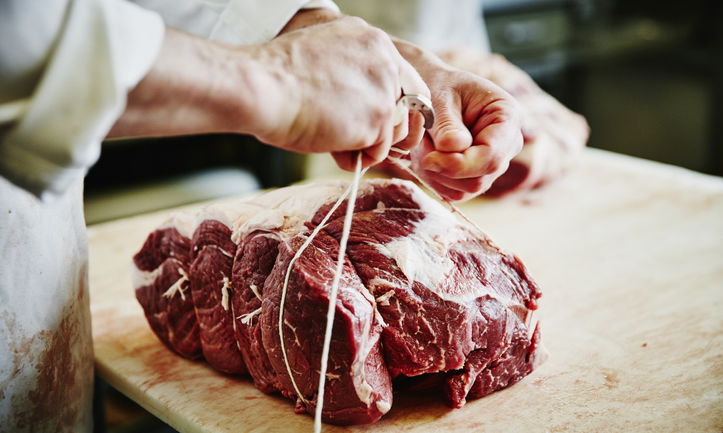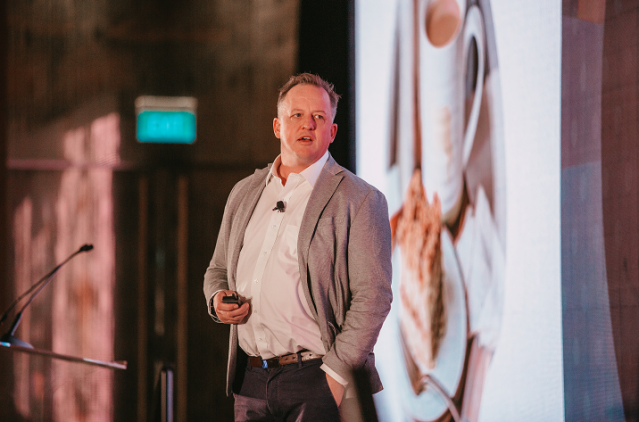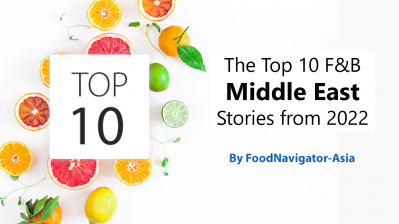Growth Asia Summit 2022
Rising affluence driving more meat consumption, product premiumisation and innovation

The above is the view of Andrew Cox, general manager – international markets at the Meat and Livestock Australia (MLA). Cox was speaking at the Growth Asia Summit held in Singapore during October, where he spoke on the topic “Towards 2030 – How the meat industry is staying on top of consumer wants and needs”.
The keynote speaker pointed out that affluence has been driving the consumption of protein and SEA looked set to be the next region fuelling growth.
“Generally, as people’s affluence grows, there’s naturally an increase in demand for protein…SEA is the fourth largest global economy by 2030. It has a young and growing population and a rapidly emerging middle class,” said Cox.
Growth forecast for SEA this year has been raised to 5.1 per cent from 4.9 per cent, Nikkei Asia reported in September.
The improved forecast came amid stronger domestic demand in Indonesia – the region’s largest economy. The Philippines was highlighted as another spot to look out for.
Aside from greater protein consumption, rising affluence has also led to the modernisation of retail and premiumisation of meat products.
Citing data from MLA Global Consumer Tracker 2021, 2022, Cox said that beef was considered the most superior meat in SEA, with 63 per cent of the respondents saying so.
This is followed by lamb and fish at 33 per cent each. Chicken and pork ranked fourth and fifth, with 31 per cent and 24 per cent considering them as the most superior meat.
Elsewhere in Australia where Cox is based in, factors driving meat consumption include the product taste, health, cost-effectiveness, and whether the product is locally sourced.
On the other hand, although vegetarianism and veganism are becoming more common, he pointed out that only seven per cent of those from metro Australia identified as vegetarians, citing data from Kantar.
Most who claimed to be vegetarians still eat meat occasionally and only four per cent were a “true” vegetarian or vegan.
Meat products innovation
When it comes to meat innovation, he pointed out that new meat snacking and collagen products have been introduced to the market, especially in the US.
“There has been a massive explosion in meat snacking commercially in the last few years. A lot of it is not in Australia, but in the US.
“The snacking category in the US is worth 4bn US dollars, including the plant-based protein category, and so, there is massive opportunity for meat snacking innovation,” Cox said.
Some examples of meat snacking products that he has highlighted include My Protein’s beef biltong, Vital Proteins’ beef liver, Jim’s Jerky, The Stock Merchant’s Grass Fed Beef Stock, and Protein Kick’s peperami beef bars.
Aside from snacking, the use of meat for collagen is also another area for innovation, he pointed out.
Supplying the demand
As the meat industry strives to meet consumer demand, it is also important to take care of the environment, Cox said.
“With the confluence of rising global affluence and cultural changes, the demand for meat is actually growing faster than we can supply,” he said.
In the case of Australia, the country is considered a “significant” exporter, accounting for 14 per cent of the world’s beef exports and 48 per cent of the sheepmeat exports.
“Today’s consumer has a rightful expectation that the [meat] industry will minimise impact on environment, animal welfare, land and water management, food safety and livestock traceability, whilst still providing convenient packaging, improved shelf life, consistent and always better eating quality, and all for a reasonable price.”
He pointed out that the Australian meat industry was working to control carbon emission by reducing their emissions through grazing management, lot feeding, and livestock processing.
The industry also controls carbon emission by increasing carbon storage in soils and vegetation across Australia’s vast grazing lands.
He added that new supplements would be commercially released to decrease livestock methane emissions. Some examples of promising solutions include the red seaweed Asparagopsis, which he said could reduce methane emissions by over 80 per cent as seen from trials.
















